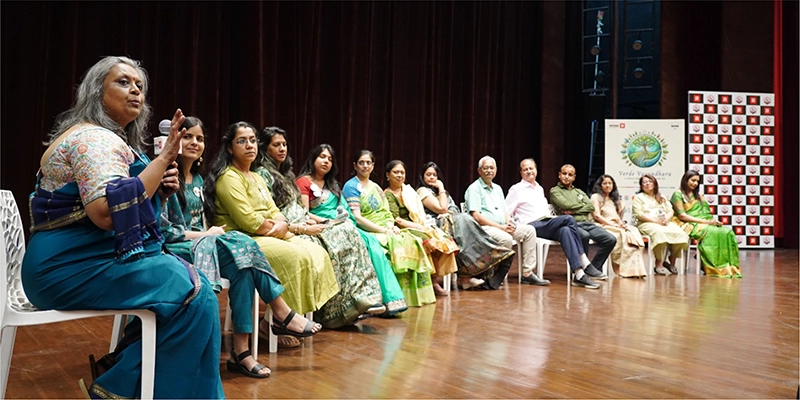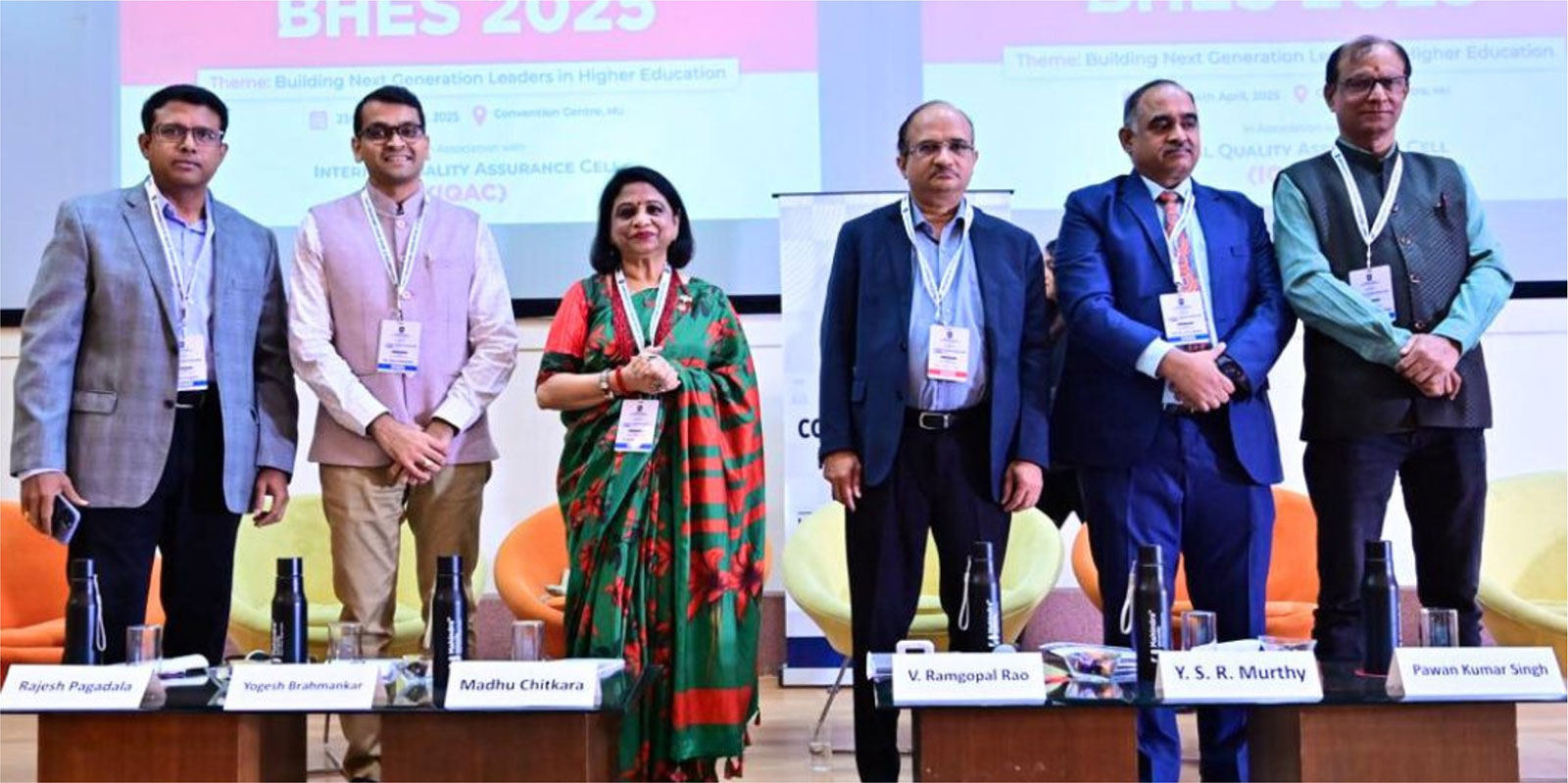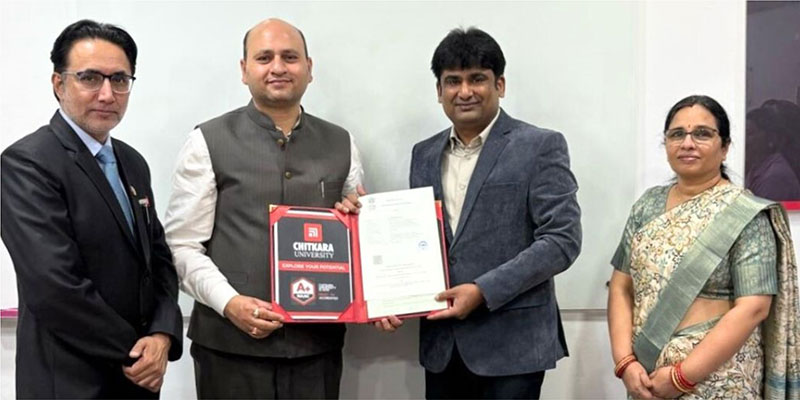Embedded Systems Design Workshop conducted by Chitkara University Himachal Pradesh
Embedded Systems Design & Applications is one of the most sought after sub domains in electronics because embedded systems find applications in almost everything starting from an electronic tooth brush and electronic razor to home automation and today’s automobiles. Everyone is talking about Internet of Things (IoT) these days and embedded systems are at the core of all IoT applications.
Embedded System is a computer system that has a central processing unit with fixed memory, peripherals & communication interfaces (we call it a microcontroller) at core that is interfaced with various sensors, peripherals to communicate with real world and is designed (programmed) to perform any specific task. Microcontroller is the most important element of any embedded system and selection of right microcontroller for a particular application is an important aspect of embedded system design. Today there are 100s of different microcontrollers available in the market from various semiconductor manufacturers. There are various classifications or types of microcontrollers like 8-bit, 16-bit, 32-bit, ARM Cortex M based, on the basis of power consumption, clock speeds, number of peripherals etc etc…
We at Chitkara University Himachal Pradesh have recently concluded a two-day workshop on ‘Embedded System Design using ARM Cortex M4 based 32-bit TIVA Microcontroller Platform from Texas Instruments’. The workshop was organized by ECE department on September 2-3, 2016. Resource person for the workshop was one of the well known names in area of Embedded Systems in India – Mr. Dhananjay V. Gadre – Associate Professor ECE, Netaji Subhas Institute of Technology (NSIT) New Delhi. He is also the Coordinator of Centre for Electronics Design and Technology at NSIT and Director of Texas Instruments Centre for Embedded Product Design at NSIT.
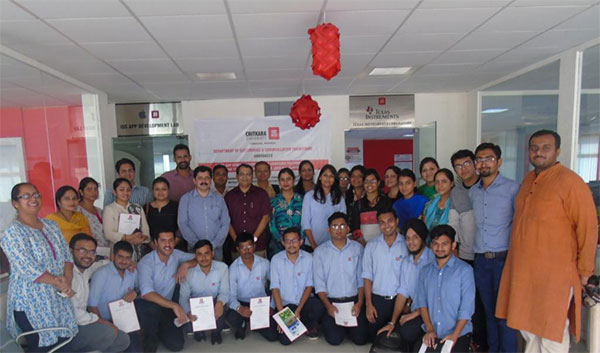
Participants of the Workshop
Prof. Gadre started his workshop with pure magic that mesmerized the participants which comprised of students & faculty of Chitkara University H.P. & Chitkara University Punjab. By magic I mean his fascinating projects on embedded systems. He not only displayed the working of his projects but also explained the background technology and implementation. The first project he showed was ‘Electronic Inaugural Lamp’. Eye catching feature about this project was that it exactly mimicked the behavior of an actual inaugural lamp. There was a match box which featured a magnet. The match stick was an electronic device featuring an inductor, which when rubbed against the match box triggered the LED light (giving an effect of a lighted matchstick) and IR sensor in it. When this match stick was brought near to the lamps, it triggered IR receiver in lamps and LEDs in lamps lit up. Random number generation code running in microcontroller of lamps gave flickering effect to the LEDs making them look like actual lamps.
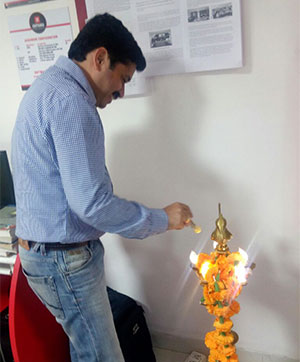
Dr. Varinder S Kanwar lighting the
‘Electronic Inaugural Lamp’
Then there was a Project on ‘Battery Less TV Remote’ working on Faraday’s Law, ‘LED Birthday Candles’ that mimicked actual candles (turn off with flicker when someone blew on them), ‘Electronic Spinning Top’ that show different messages on LEDs segment, when rotated in two different directions (Earth’s magnetic field coming into picture). Then there was ‘Battery Less Dice’, ‘LED Hour Glass’, ‘LED Heart’ and list went on and on.
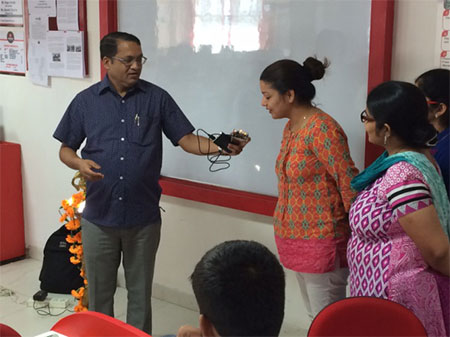
One of the Participant Blowing Off LED Birthday Candles
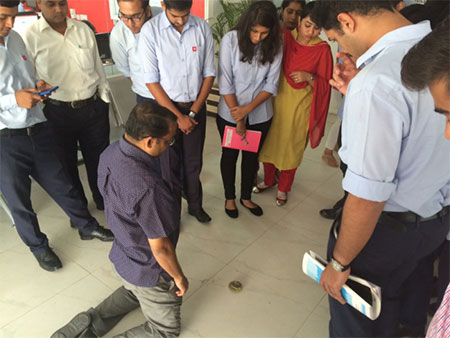
Prof. Gadre demonstrating ‘Electronic Spinning Top’
Prof. Gadre then gave an overview on embedded system design and how to choose right microcontroller based on various parameters like cost, easy availability, complexity, power consumption, number of peripherals required, number of communication interfaces required etc. He covered various essentials involved in hardware interfacing of sensors & other interfaces with microcontroller. He touched upon the interesting concepts of Carlieplexing, using LED as a sensor etc.
In the second half of Day 1 we covered ARM architecture and understood how it is different from other microcontroller architectures. We were introduced to Code Composer Studio (CCS) an integrated development environment for programming Texas Instruments (TI) microcontrollers.
On Day 2, participants were given TIVA Launchpads. TIVA Launchpad is an evaluation platform for TM4C123GH6PM microcontroller from TI; it contains programmable LEDs, switches and provision to connect various external sensors and peripherals. It comes with in-circuit debugger interface for programming and debugging the microcontroller. After getting acquainted with Launchpad, participants did GPIO programming using programmable onboard LEDs & switches. The entire Day 2 was devoted to hands-on exercises.
The workshop was concluded with a Valedictory Function that was attended by Dr. Varinder S Kanwar – Registrar Chitkrara University Himachal Pradesh. The workshop was a great learning experience for the participants which was reflected in the feedback they shared with us.
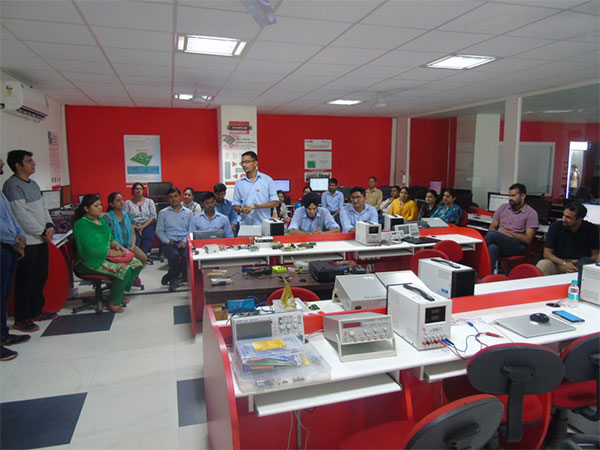
One of the participants sharing his feedback
We thank Prof. Dhananjay V. Gadre and his team of four students for conducting this wonderful workshop.
By Sagar Juneja – Research Associate, Chitkara University H.P.



